Could seeing the luminescent twinkle of fireflies on summer evenings soon be a thing of the past? Recent claims circulating on social media say that we may be the last generation to have grown up with fireflies. But how true is that?

A 2024 study in Science of The Total Environment compiled 24,000 North American surveys from Firefly Watch, a citizen science initiative, revealing that firefly populations in North America are declining. The surveys identified several factors that could be contributing to firefly decline, but there may still be a bright spot of hope for firefly conservation, so perhaps we won’t be the last generation to grow up with fireflies.
Firefly Habitat Decline
Fireflies in North America typically live east of the Rocky Mountains and prefer wet, humid climates over dry and arid ones. According to Firefly Conservation & Research — a nonprofit that works to educate the public about fireflies — these bioluminescent insects are often found in areas with standing water and long grass. They also love wooded areas as well, as long as there is standing water for mating season.

The firefly’s habitat is vital to its survival, and according to data collected in the 2024 study, changes to its habitat may be contributing to its decline. One of these changes is the climate, which ranges from short-term weather events to long-term climate change.
“Subtle changes in climate patterns, especially related to temperature, are significantly impacting firefly breeding cycles and habitat quality,” said Darin McNeil, study principal investigator and assistant professor of wildlife ecology and management at the University of Kentucky, in a press release
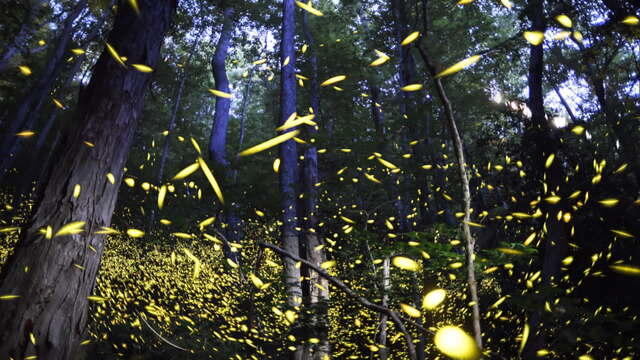
What Fireflies Face
Another issue fireflies face is habitat loss due to commercial and residential construction. Not only does this destroy the habitat, but urbanization also introduces pesticides from lawns into the environment, which can negatively impact firefly biodiversity. Without the proper environment, fireflies can’t thrive.
For example, according to Sarah Lower, an assistant professor of biology at Bucknell University, certain species of fireflies, like the Bethany Beach firefly in Delaware, are only found in the salt marshes of that area. However, with the development of beach houses and other infrastructure, these fireflies are losing their home. Without the salt marshes, it’s possible the Bethany Beach firefly could disappear.
And with urbanization also comes an increase in artificial light.

“Artificial lights at night could disrupt firefly populations, possibly affecting both adult and larval stages,” McNeil said in a press release. “Firefly larvae, which live in the soil, are particularly vulnerable to changes in light exposure, and artificial light could alter their developmental cycles and survival rates. Firefly larvae, which are predatory, also require moist soil conditions because the humidity supports soft-bodied invertebrates like snails and slugs that firefly larvae use as prey.”
The study finds that certain fireflies tend to avoid areas with more artificial light.
A Firefly Light at the End of the Tunnel
According to the study, although there has been habitat loss for fireflies, there are steps we can take to help those numbers recover. For one, we can mitigate light pollution by using dark-sky-friendly lights, we can use more environmentally friendly pesticides, and preserve their habitats.
“While fireflies are disappearing in many areas, mainly due to habitat loss from residential, commercial, and industrial development. They are doing well in places [where] they are protected,” says Ben Pfeiffer, founder of Firefly Conservation and Research and Texas-certified master naturalist.
“We won’t be the last generation to see fireflies. What we are in danger of seeing less of is the unique locally adapted species (aka biodiversity) than in previous generations. These are the species that occur in more narrow geographic areas and are habitat dependent on specific biomes and vegetation types. What these species get replaced with is the common firefly Photinus pyralis [which] is more of a habitat generalist and can tolerate more habitat types,” Pfeiffer adds.
We haven’t seen the last of fireflies, and by protecting their habitat, they’ll be around for generations to come

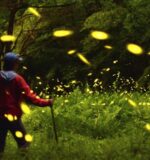


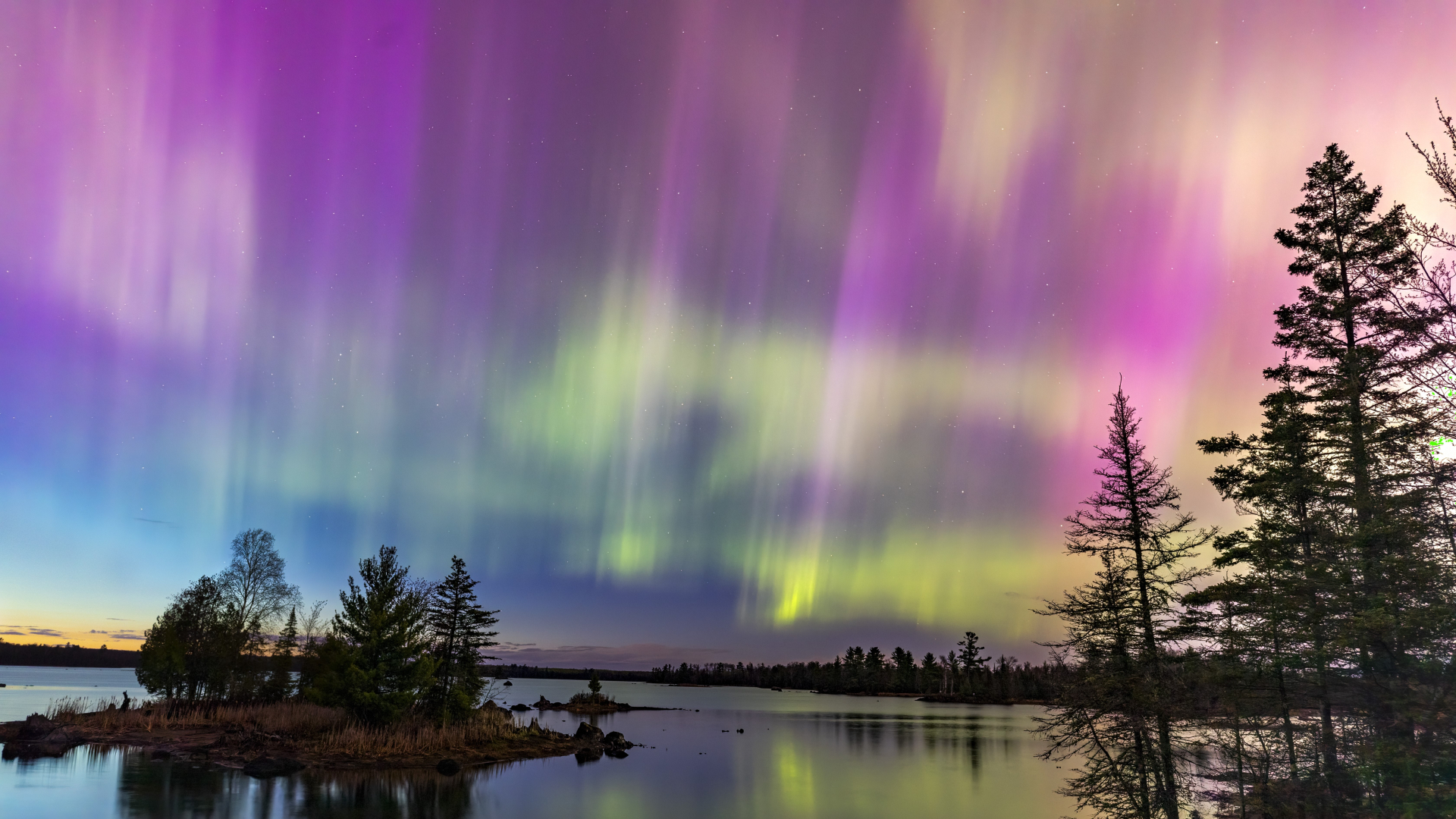



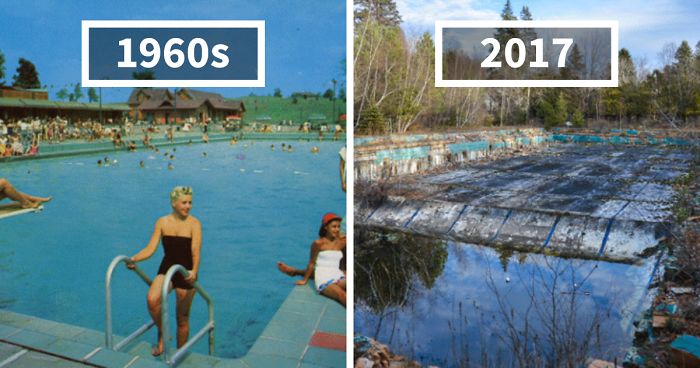 Photographer Finds Locations Of 1960s Postcards To See How They Look Today, And The Difference Is Unbelievable
Photographer Finds Locations Of 1960s Postcards To See How They Look Today, And The Difference Is Unbelievable  Hij zet 3 IKEA kastjes tegen elkaar aan en maakt dit voor zijn vrouw…Wat een gaaf resultaat!!
Hij zet 3 IKEA kastjes tegen elkaar aan en maakt dit voor zijn vrouw…Wat een gaaf resultaat!! 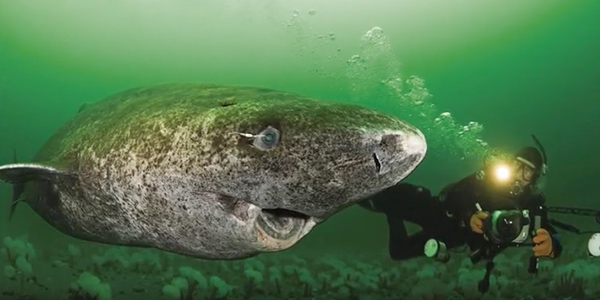 Scientists Discover 512-Year-Old Shark, Which Would Be The Oldest Living Vertebrate On The Planet
Scientists Discover 512-Year-Old Shark, Which Would Be The Oldest Living Vertebrate On The Planet  Hus til salg er kun 22 kvadratmeter – men vent til du ser det indvendigt
Hus til salg er kun 22 kvadratmeter – men vent til du ser det indvendigt  Superknepet – så blir snuskiga ugnsformen som ny igen!
Superknepet – så blir snuskiga ugnsformen som ny igen! 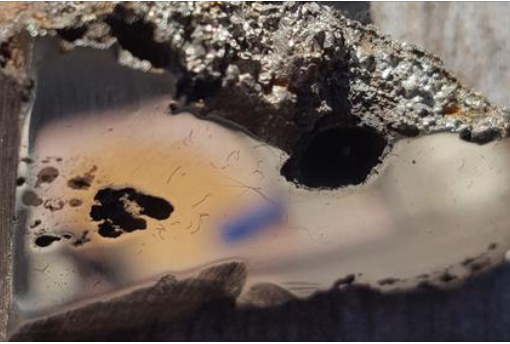 Meteorite That Recently Fell in Somalia Turns Out to Contain Two Minerals Never Before Seen on Earth
Meteorite That Recently Fell in Somalia Turns Out to Contain Two Minerals Never Before Seen on Earth  Nearly Frozen Waves Captured On Camera By Nantucket Photographer
Nearly Frozen Waves Captured On Camera By Nantucket Photographer  It’s Official: Astronomers Have Discovered another Earth
It’s Official: Astronomers Have Discovered another Earth 